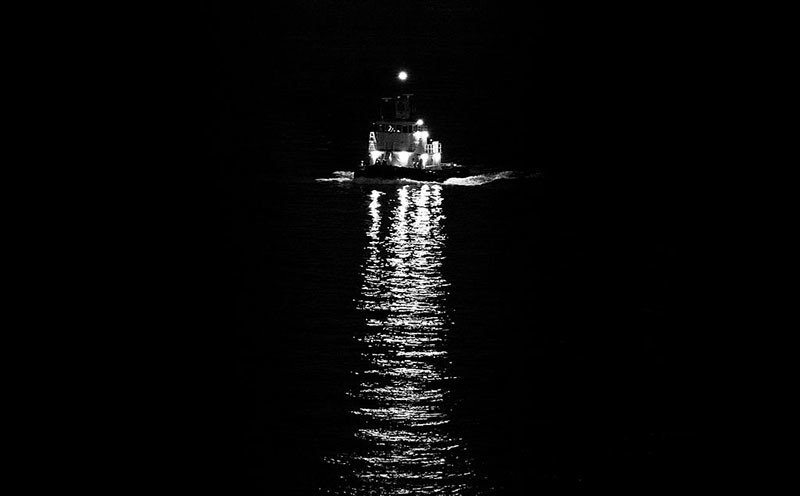Making assumptions is dangerous. But let’s assume that it’s pretty much a universally accepted principle that taking on a helm, navigation or lookout watch (on tugs that’s usually me, myself and I) while blind to some degree is undesirable.
So, where do you start to solve the problem? You’ve got to get rid of as much white light exposure as possible — preferably all of it.
You need to be able to wake up in your bunk and accomplish all your routine actions between then and taking the watch using light that doesn’t destroy the acquired night vision you woke up with. We’re almost certainly talking about a retrofit, and it’s not nearly as difficult as it might seem.
It really comes down to a simple choice of red or green, like the perennial argument over chili peppers in New Mexico, but less subjective (and tasty). It’s long been determined that red or green works best for seeing in low light without detrimentally affecting your acquired night vision. The other controlling factor is relative brightness. Our eyes are more sensitive to green or green-blue light than red, so we can see equally well with it at a lower lumen level. In short, if you have a way of fully adjusting the brightness then green can work better for you. You can run it dimmer than red and see just as well. If you can’t adjust it then stick with red. Both are a compromise with our eyes’ physiology and both work.
Fortunately, the need for colored lighting has existed for a long time and light bulb manufacturers already have what you need. It starts with your bunk. Just install an additional bunk light fixture and put a red LED bulb in it. When you wake up, use that light to get dressed. Same for the head, passageways, etc.
For larger spaces lit with standard fluorescent tubes you can get red or dark red tubes, but also cheap sleeves or “guards” to cover existing tubes. Never get “light red” bulbs or sleeves. They will appear pink and be too bright.




